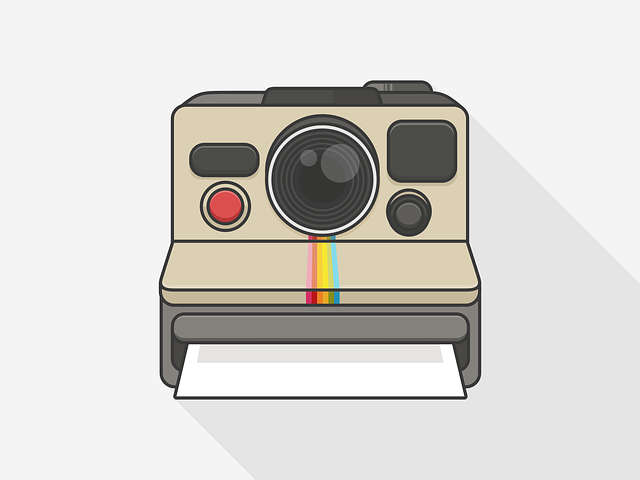Things to Consider in Selecting a Tablet for Photo Editing
Just like any other product, looking for a tablet that you can use to edit photos also requires some factors for considerations. This is generally a big help if your goal is to use the device in a professional aspect. Primarily, choosing a tablet requires you to consider the platform first. In case you already have a preferred photo editor in mind, you’ll have to check it so that you will guarantee that it works well with your platform.

Aside from that, here are the other details that you need to consider if you want to look for the best tablet that may help you in your photo editing activity:
1-Screen Display
Basically, color corrections in the images are needed so that the accuracy of the photo may be seen on the screen. Check on the tablet’s color gamut display. Remember that if it is wider, then it is far better. Also, don’t forget to check the brightness and the contrast ratio.
2-Processing Power
Editing photos generally need a lot of power. This is more likely true if you want to work out images that will give quality prints.
3-Storage
Keep in mind that high-resolution photos may consume a lot of space in your device. That’s why it is really crucial to check if the tablet has enough hard drive or has expandable storage through a microSD card.


